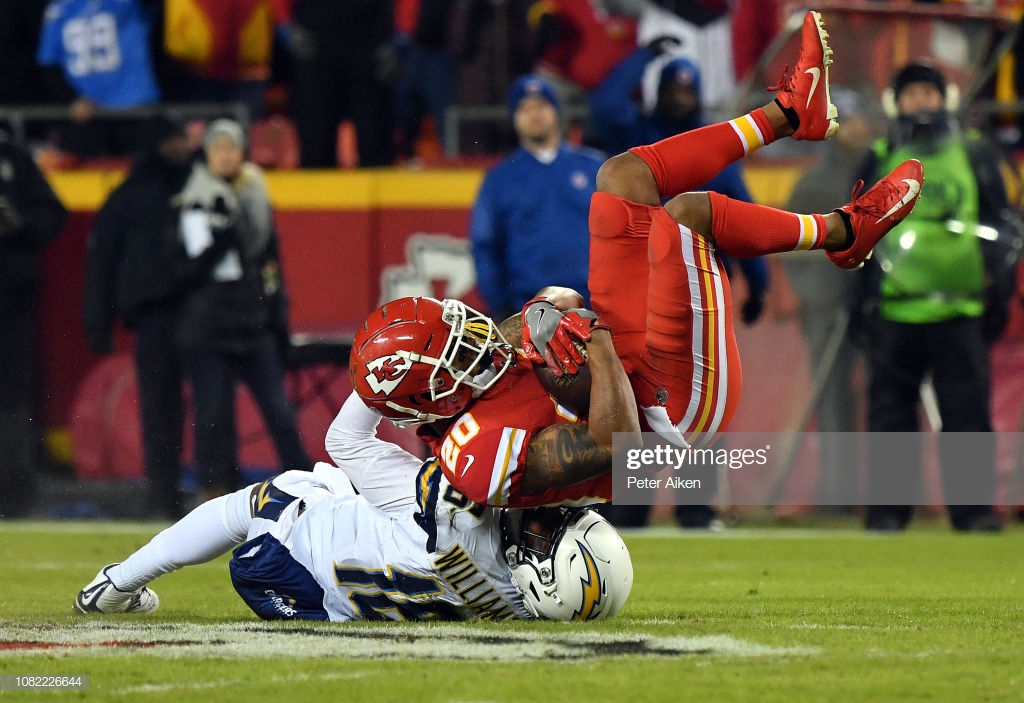As I wrote earlier this morning, today begins the start of the 2019 new league year, the day in which free agents are officially permitted to sign with other teams, and the day in which those teams officially must be compliant with the salary cap. It marks the 25th year in which the salary cap has been in place, and its $188.2 million value this year is more than $150 million above where it originally started.
To celebrate, the Pittsburgh Steelers signed an unrestricted free agent to the largest contract in team history ever given to such a player, barring Joe Haden’s three-year, $27 million contract that he received in August of 2017 as a street free agent.
That free agent is the cornerback who will pair with Haden, Steven Nelson, who is coming over from his first year as a full-time outside starter with the Kansas City Chiefs on a three-year, $25.5 million contract.
Even the total value just exceeds the five-year, $25 million contract given to Mike Mitchell in 2014, which was the previous largest contract even given to an outside free agent by the Steelers. Subsequently, Ladarius Green netted a four-year, $20 million contract, while Morgan Burnett was signed last season to a three-year, $14.35 million deal.
Perhaps the one thing they will all soon have in common is that none of them will finish their contracts, although that is not necessarily the worst thing. On Mitchell’s five-year deal, he earned $20 million out of $25 million in four seasons, which effectively made it a four-year deal. Green netted $5 million of his $20 million after being released a year later due to a failed physical.
As for Burnett, should he receive the released that he reportedly requested, he will have received $5.25 million, including a $4.25 million signing bonus and a $1 million base salary in 2018, for his one season of play, so that would actually work out the best for him, and will be able to hit the market again at the age of 30.
Some other notable contracts of the past include that of Kevin Greene, Kimo Von Oelhoffen, and Jeff Hartings, who were significant additions for their times. Their contracts today might seem miniscule, but by percentage of salary cap were in-line with the market.
In 1993, in the year before the salary cap, Green signed a three-year, $5.35 million contract. The salary cap in 1994 was $34.6 million, so we’ll use that. In inflation to today’s cap, that would be the equivalent of roughly $9.7 million. And remember, that’s going by the cap of a year later. There was no cap in 1993, but it would have been lower.
Von Oelhoffen signed a four-year, $10 million contract in 2000 in a year in which the salary cap was $62.172 million. His salary proportional to today’s cap would translate to about $7.6 million today.
Finally, Hartings signed a substantial six-year, $24.25 million contract with the Steelers in 2001, working out to a little over $4 million per season. Under a salary cap of $67.405 that year, that comes out to over $11.15 million in today’s adjusted cap.
In case you’re wondering about the newer deals, Mitchell’s $5 million APY contract was signed under a salary cap of $133 in 2014. Under today’s cap, that would be about $7.1 million, so Green’s and Burnett’s deals would be lower than that.






